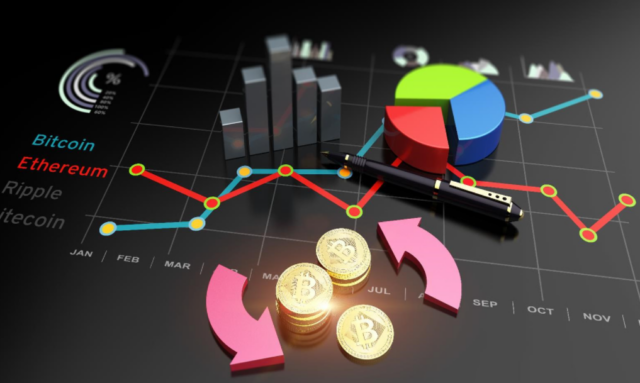February 2024 saw the release of a significant report from the US Federal Reserve that covered the central banking system’s recommendations in a variety of areas regarding cryptocurrencies and their regulation. The principal focus of the report is the potential for the development of an official digital currency.
The report thoroughly explored the potential benefits, costs, and risks of such a project, but the Federal Reserve has made no decision on the matter at this point. Instead, they have allowed for a period of public discourse on the matter, stating that no action will be taken regarding the matter until May 20th.
Federal Reserve Considers Digital Currency

The report, titled Money and Payments: Tcre U.S. Dollar in the Age of Digital Transformation, reviews the prospect of establishing a central bank digital currency (CBDC). The Federal Reserve has stated that it intends this report to be the first step in a process that will involve many stakeholders, including the general public and elected representatives.
One of the primary points of the report is the distinction between a true CBDC and the existing network of digital and electronic transactions. Already today, most transactions don’t involve physical cash but rather the transfer of funds electronically between banks, payment processors like credit cards, and other parties.
Within the current payment scheme, the liability for these payments lies with the third-party payment processors involved. The establishment of a CBDC would mark a significant shift in this scheme, with the liability for payments now resting with the Federal Reserve. This would represent a significant shift in the fintech industry.
It is the contention of the Federal Reserve that their CBDC would be able to provide improved security over other payment methods and could potentially allow for faster payments internationally. However, the introduction of a CBDC raises concerns over stability. While the Federal Reserve’s digital currency could be very different from current cryptocurrencies, there is significant concern that it would inherit the latent instability that has defined crypto since its inception. There are also growing concerns related to various get-rich-quick schemes such as “Immediate Edge” which was recently exposed on various websites.
Of course, privacy has been one of the largest concerns brought up by opponents of a CBDC. Privacy is one of the primary reasons that consumers choose cryptocurrencies, with there being significant competition among cryptocurrencies to provide greater privacy. The presence of a single CBDC could see that privacy wiped out permanently as it supplants other payment options.
In any case, it is clear that any implementation of this idea is still in its very early stages. Along with its report, the Federal Reserve has requested feedback from the public on 20 specific areas regarding the implementation and policy of a supposed CBDC.
White House to Weigh in on Crypto

The Federal Reserve is far from the only player when it comes to cryptocurrencies and their regulation. Following the release of the Federal Reserve Report, the Biden administration announced the planned February release of a comprehensive government strategy on cryptocurrencies and other digital assets.
It is expected that this plan will come in the form of an executive action from President Biden, which could impose any number of new regulations on cryptocurrencies in the US. Among the topics expected to be highlighted is the environmental impact of Bitcoin and other cryptocurrencies, which has already been a major topic of interest for certain departments within the government.
These potential new regulations come after 2024’s $1.2 trillion infrastructure bill has already put additional pressure on crypto. Among the most significant new changes has been the requirement for cryptocurrency exchanges to issue tax forms to the IRS for crypto transactions. Essentially, this ends any legal anonymity from the government that crypto traders might have enjoyed.
With both international pressure and increased regulations in the US bearing down, the crypto landscape could soon become something very different from its current state.



